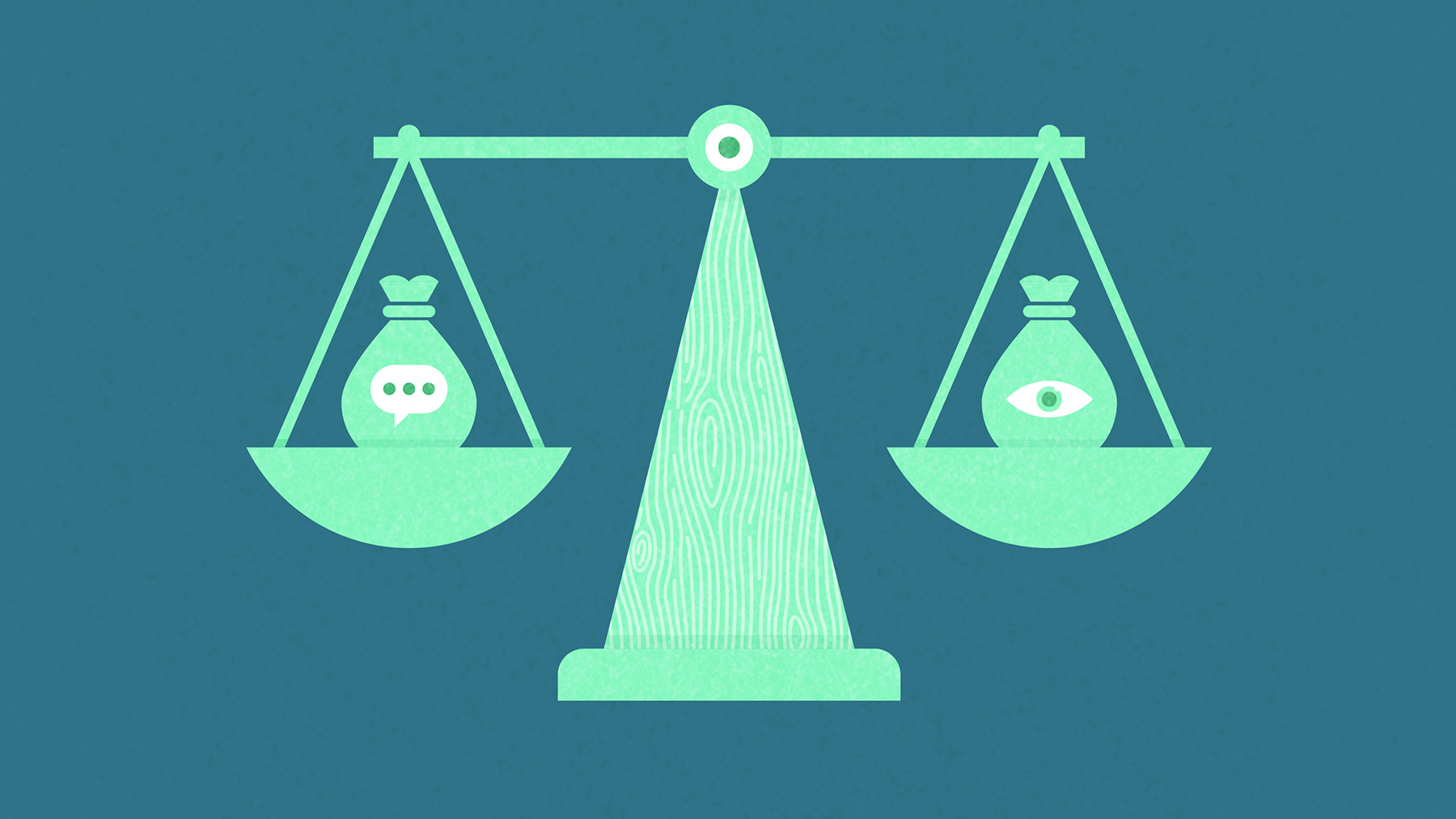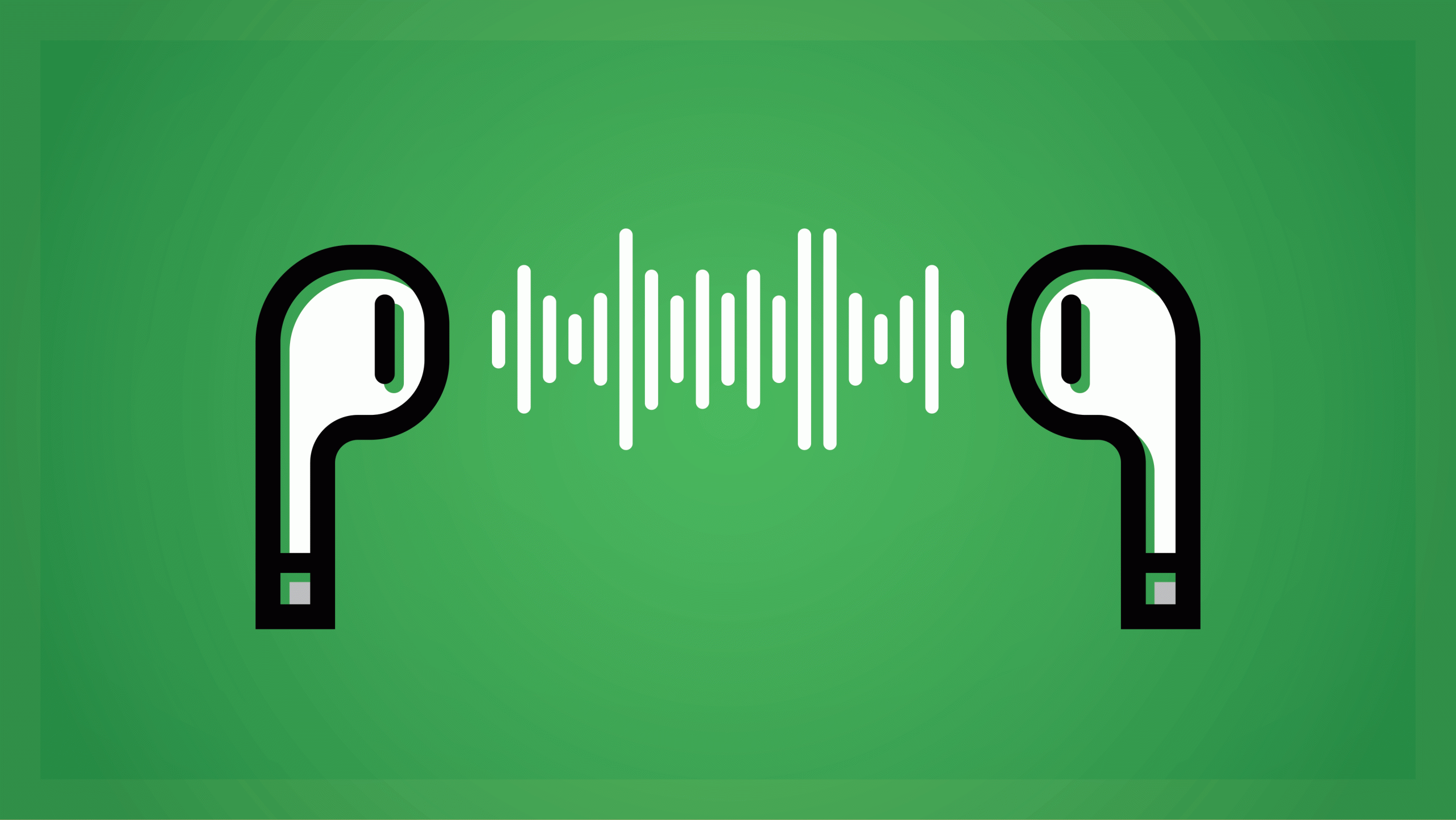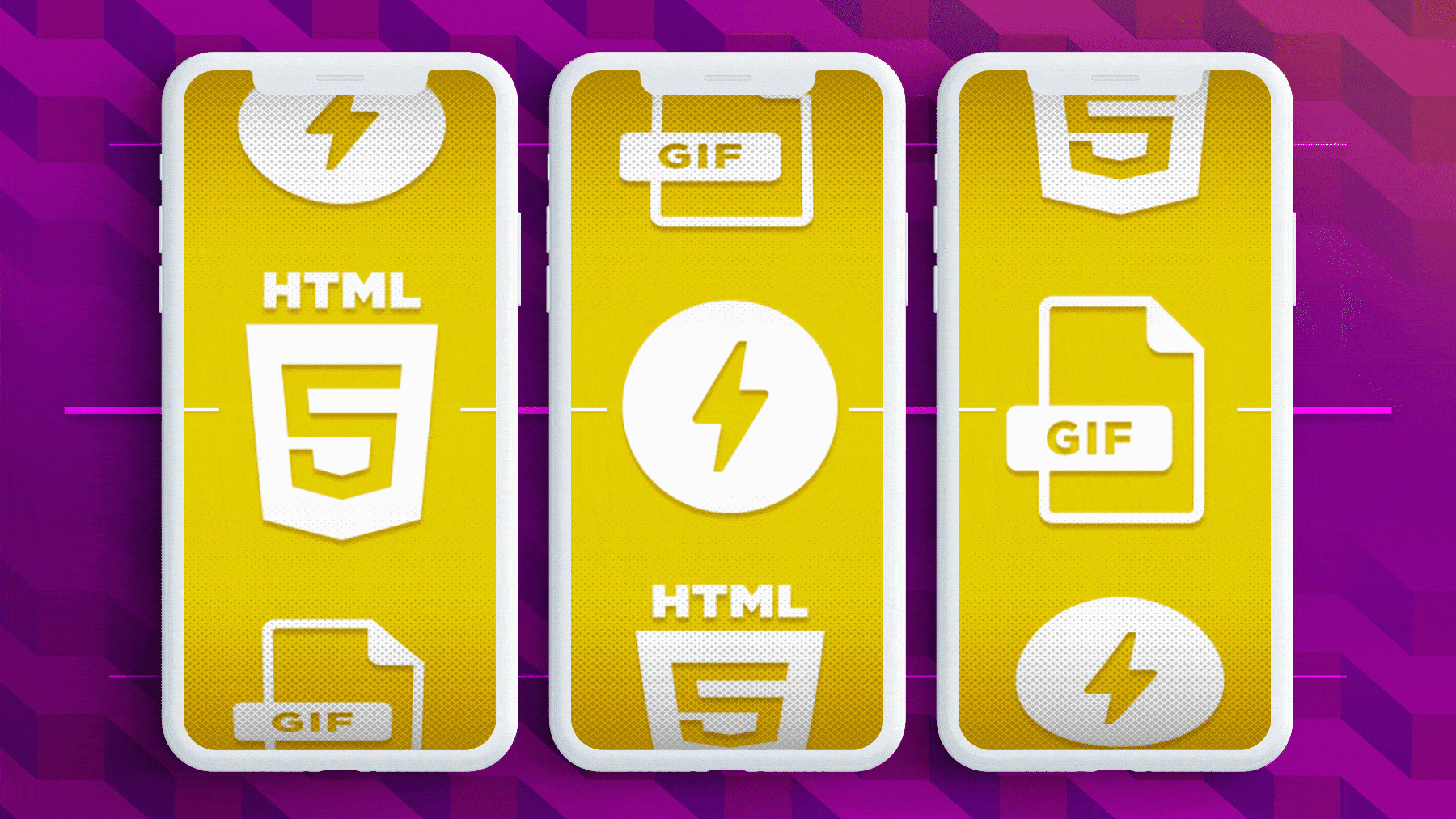
When the United States government made a push to propel communication throughout the 1960s, it commissioned research that would eventually become the Internet, as we know it. But that was a long time ago, and technology moved at a snail’s pace.
Fast-forward three decades and only a scant 1% of the world population would be connected. Today, that number has soared to 40%. Close to half of the world — about 3.17 billion of us — are either consuming or generating content regularly. To consumers, the web is a massive, churning ocean of stuff, and the ability to discern low vs. high quality information is a life jacket. For those creating the world’s content, though, this means one very important thing: attention is currency.
The content vs. design argument has been done. And done. And done. Today, the obvious approach is to integrate them seamlessly for maximum effectiveness — the yin and the yang. What type of content you create relies entirely on how you deliver it.
Get to the point
Attention spans are short. We glance and skim our way through the day. We swipe and scroll through the sea of information around us. The best way of engaging this mentality is to deliver content in concise nuggets. It means trimming the fat for clarity. Anything that doesn’t take people beyond the surface must go. Offer a bit of information that can be easily digested. Then another. And another. Eventually, these interactions stack up and form a meaningful experience. Your reward is more attention over time.
This practice shouldn’t stop at content. Your design should also be simplified to complement your content and create a hierarchy of information. It is a marriage. Even the clearest of messages can be aided by strong design.
Be an expert
The ability to educate people, to make them better or smarter, is a connection that creates value in the long run. It’s what causes us to subscribe to one source and look past most others. Don’t be afraid to share what you know. You’re the expert on your subject, and it’s likely that a visitor has come to see what you have to say rather than a regurgitation of common knowledge. Original, high quality content will go a long way towards establishing credibility.
Have some strategy
Strategy is asking questions and setting clear goals. By understanding your audience thoroughly, a prerequisite for connecting to it, you will be able to pinpoint their preferences and craft content that truly resonates—that is sticky. Make sure you know why they are there, and what they’re looking for, and deliver.
Design matters
Design is the glue that holds the message together. Many things can be done through design to ensure that you are heard. Smart uses of white space guides a user’s eye from point to point, typographic hierarchy holds the flow of text, and striking images keep things exciting. Of course, these are just a few examples, and there is no perfect formula, but finding the right combination of content and visual design can be a beacon for those seeking quality. The most important thing is to make it your own.
Today, it is a requirement to consider how an audience will tap into content. There are countless devices, mobile or desktop, that access the web, and content must be flexible for integration into various scenarios. Responsive design is one strategy for shaping and delivering content, which we have touched on it in the past. As true followers we seek our sources out in every platform and on every network. Be waiting with a consistent brand presence.
Remember: The content blitz is ever increasing, but our days aren’t getting any longer. What you say and how you say it is what counts.


